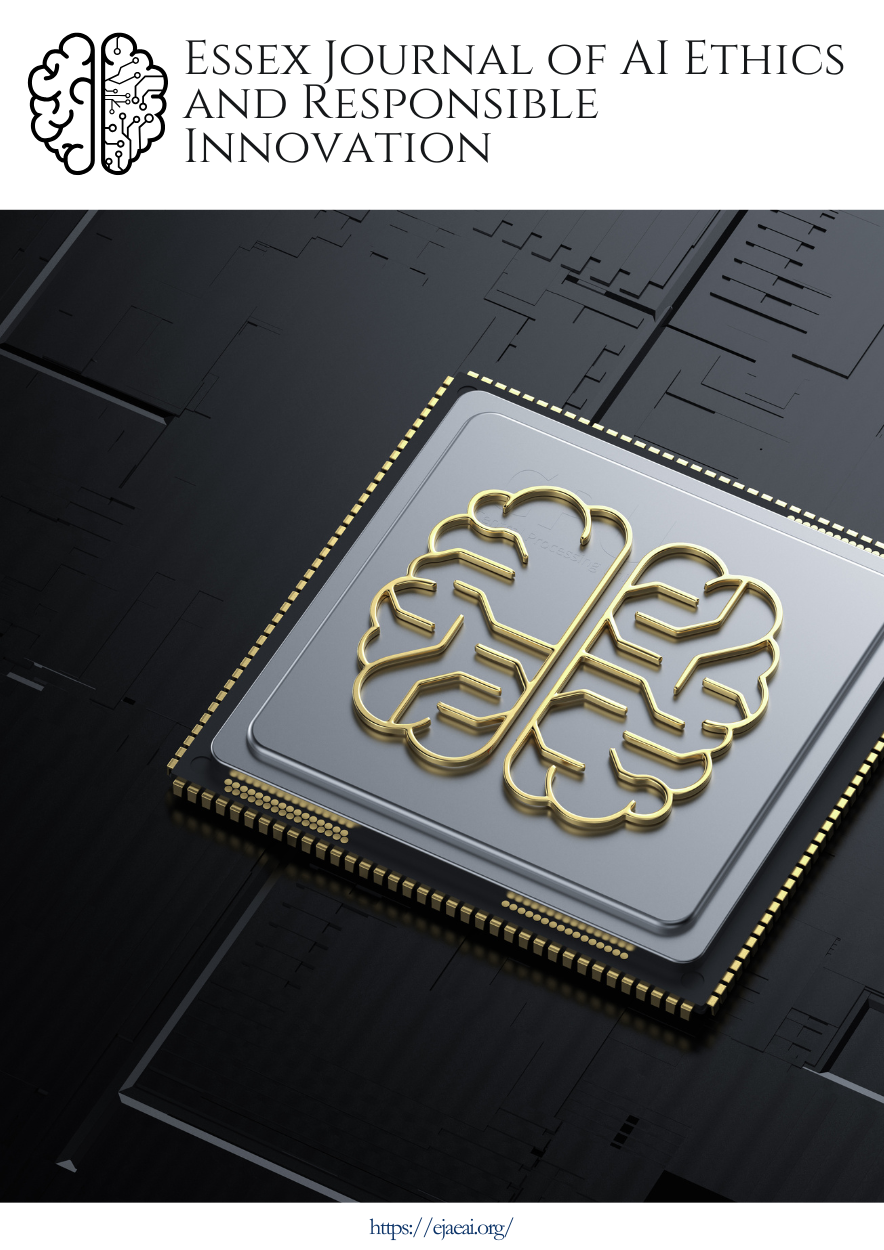IoT Firmware Security Patch Design with Generative AI
Keywords:
Generative AI, IoT firmware, security patches, autonomous patch generationAbstract
Modern age digital ecosystem uses Internet of things still device interconnectivity and security problem continue arises. The biggest vulnerability of IOT is static or unpatched firmware. Generative AI can solve this problem by building next generation IOT firmware security patches. Generate Adversarial Networks (GANs) and Variational Autoencoders (VAEs) can self-build security fixes while maintaining firmware integrity which leads to accelerating patches and adapt updates to IOT settings making them more resilient to new threads.
Downloads
References
Chen, L., & Zhao, X. (2021). Generative adversarial networks in cybersecurity: Applications and challenges. International Journal of Computer Science and Security, 15(3), 245-259.
Zhang, T., & Wang, Y. (2020). Enhancing IoT firmware security through machine learning techniques. Journal of Network and Computer Applications, 53(4), 112-125.
Liu, S., & Li, X. (2022). Applying generative adversarial networks to cybersecurity: A review. Journal of Cybersecurity Research, 8(2), 75-89.
Roberts, P., & Singh, A. (2019). IoT security patching: The role of automation and AI. IEEE Transactions on Network and Service Management, 16(6), 1181-1194.
S. Kumari, “AI-Driven Cloud Transformation for Product Management: Optimizing Resource Allocation, Cost Management, and Market Adaptation in Digital Products ”, IoT and Edge Comp. J, vol. 2, no. 1, pp. 29–54, Jun. 2022
Pillai, Vinayak. “Implementing Efficient Data Operations: An Innovative Approach”. Asian Journal of Multidisciplinary Research & Review, vol. 3, no. 6, Dec. 2022, pp. 231-67, https://ajmrr.org/journal/article/view/241.
S. Kumari, “Agile Cloud Transformation in Enterprise Systems: Integrating AI for Continuous Improvement, Risk Management, and Scalability”, Australian Journal of Machine Learning Research & Applications, vol. 2, no. 1, pp. 416–440, Mar. 2022
Zhu, Yue, and Johnathan Crowell. "Systematic Review of Advancing Machine Learning Through Cross-Domain Analysis of Unlabeled Data." Journal of Science & Technology 4.1 (2023): 136-155.
Sangaraju, Varun Varma, and Senthilkumar Rajagopal. "Applications of Computational Models in OCD." In Nutrition and Obsessive-Compulsive Disorder, pp. 26-35. CRC Press.
Sivaraman, Hariprasad. "Self-Healing Test Automation Frameworks Using Reinforcement Learning for Full-Stack Test Automation." Journal of Artificial Intelligence & Cloud Computing. SRC/JAICC-E210. DOI: doi. org/10.47363/JAICC/2022 (1) E210 J Arti Inte & Cloud Comp 1.4 (2022): 2-4.
Singu, Santosh Kumar. "Impact of Data Warehousing on Business Intelligence and Analytics." ESP Journal of Engineering & Technology Advancements 2.2 (2022): 101-113.
S. Kumari, “AI-Enhanced Agile Development for Digital Product Management: Leveraging Data-Driven Insights for Iterative Improvement and Market Adaptation”, Adv. in Deep Learning Techniques, vol. 2, no. 1, pp. 49–68, Mar. 2022
S. Kumari, “AI-Driven Cybersecurity in Agile Cloud Transformation: Leveraging Machine Learning to Automate Threat Detection, Vulnerability Management, and Incident Response”, J. of Art. Int. Research, vol. 2, no. 1, pp. 286–305, Apr. 2022
Sangaraju, Varun Varma, and Kathleen Hargiss. "Zero trust security and multifactor authentication in fog computing environment." Available at SSRN 4472055.
Sivaraman, Hariprasad. (2022). Adaptive Thresholding in ML-Driven Alerting Systems for Reducing False Positives in Production Environments. INTERANTIONAL JOURNAL OF SCIENTIFIC RESEARCH IN ENGINEERING AND MANAGEMENT. 6. 10.55041/IJSREM11938.
Pillai, V. “Data Analytics and Engineering in Automobile Data Systems”. Journal of Science & Technology, vol. 4, no. 6, Dec. 2023, pp. 140-79, https://thesciencebrigade.com/jst/article/view/520
S. Kumari, “Cybersecurity in Digital Transformation: Using AI to Automate Threat Detection and Response in Multi-Cloud Infrastructures ”, J. Computational Intel. & Robotics, vol. 2, no. 2, pp. 9–27, Aug. 2022
Sivaraman, Hariprasad. "Behavior-Based DDoS Detection for Multi-Vector Attacks in Hybrid Cloud Environments." Sivaraman H. Behavior-Based DDoS Detection for Multi-Vector Attacks in Hybrid Cloud Environments.
Kumar, R., & Gupta, A. (2020). AI-driven solutions for secure IoT ecosystems. Proceedings of the IEEE International Conference on Cybersecurity, 94-101.
Ye, Q., & Zhang, B. (2021). Machine learning techniques in IoT cybersecurity: A comprehensive review. Journal of Wireless Communication and Networking, 11(1), 34-48.


